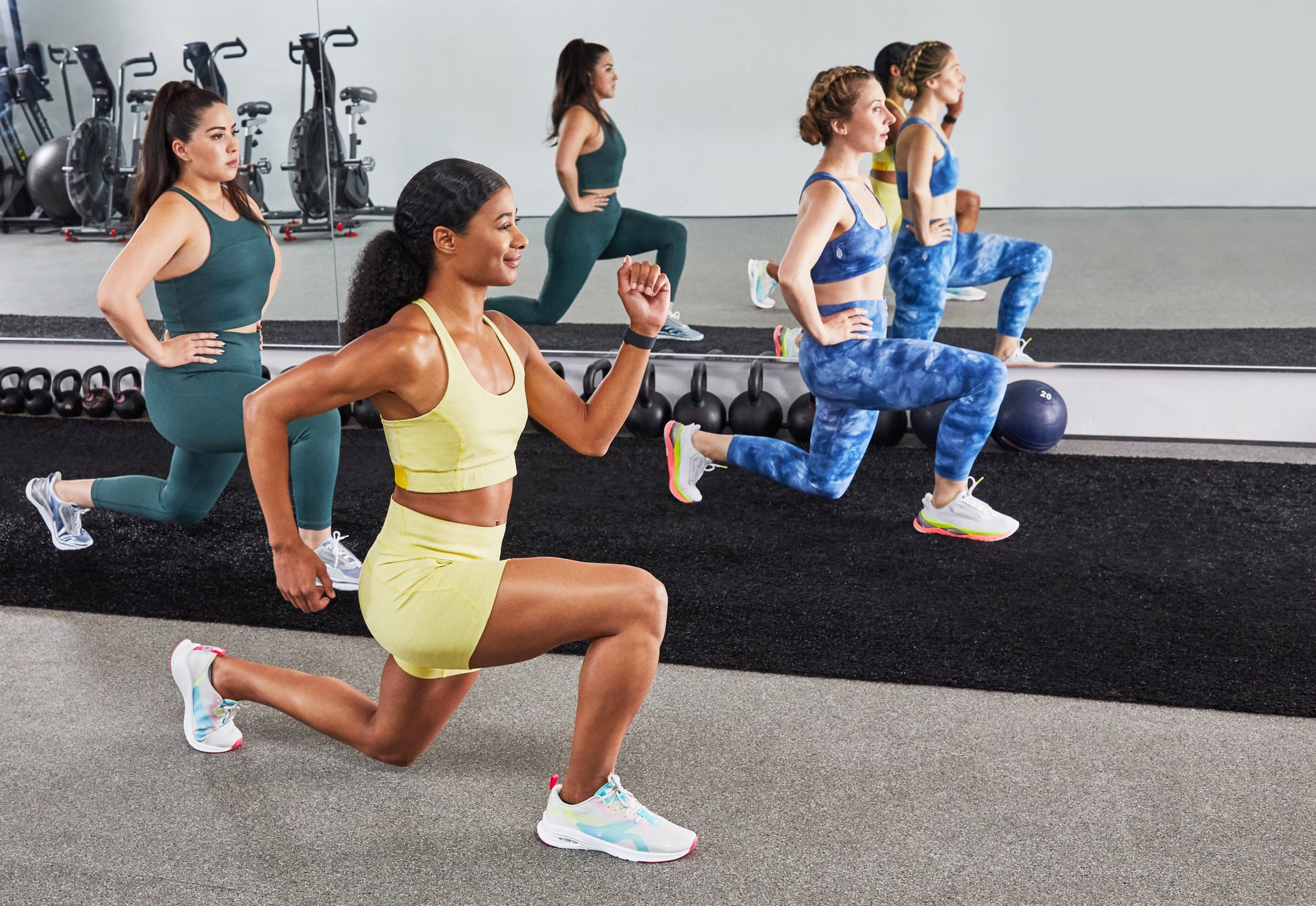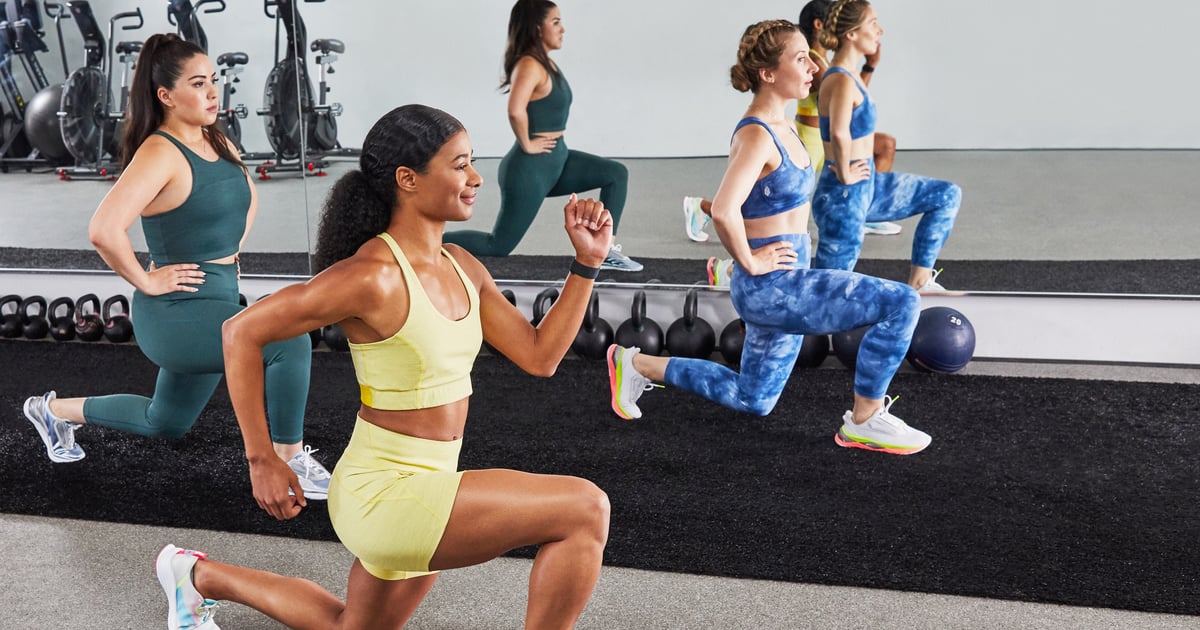
Releasing pent-up energy has always been one of the driving forces behind my commitment to daily workouts — but sometimes my eagerness to get moving actually does more harm than good.
Case in point: I’ll skip the warmups of my at-home bodyweight classes and jump into the workout right when the instructor sounds off a set of pushups.
It’s a bad habit that could actually be detrimental to my body, and I’m now dedicated to breaking it, thanks to this advice from Barry’s trainer and Nike Run Club Head Coach Chelsea Cox.
“Warming up before bodyweight workouts is necessary!” Cox tells me.
“A proper warmup will help to raise body temperature, increase blood flow to muscles, and loosen joints — which means your muscles will be more prepared to take on the stress and tension of the exercises. Along with preparing your muscles for an awesome workout, a proper warmup helps to engage your brain in the patterns of the movement, which means you will have more coordination and focus while completing your exercises.”
In other words, you’ll physically feel better during a bodyweight class if you complete a warmup before getting started.
To be totally honest, once I got my impatience under control and started committing to my instructors’ warmup directions, my squats felt more powerful, the range of motion in my pushups improved, and mentally, I felt more ready to take on a challenging set of burpees.
Taking the time to prep your muscles might also help prevent your chances of getting hurt while exercising — this is especially important while exercising solo at home.
“Without preparing your body for the workout ahead, it puts [your body] at risk of preventable and severe injuries,” Cox explains.
“Warming up, as in its name, will increase your body’s temperature and increase blood flow which will help provide your muscles with more oxygen and nutrients it needs to help wake them up and let them know you are getting ready for something great!”
Another interesting fact — Cox says that warming up releases what’s called “synovial fluid” — responsible for reducing friction around your joints, which helps prevent injury.
As someone who deals with post-workout knee pain, I found this particularly interesting.
“Think of your body as Play-Doh, and how much easier it is to sculpt Play-Doh into the shapes you want when it’s warm rather than cold,” Cox adds.
As for the warmup best practices for a bodyweight workout, set aside at least five to 10 minutes — though Cox says it really all depends on how long your workout is, its intensity, and environmental factors like temperature — and focus on dynamic exercises, rather than static stretching.
Cox’s advice really helped me value that first few minutes of a live, instructor-led Zoom workout class so much more — and I know that, within time, this practice of fully prepping my body will become second nature to my solo workouts, too.
Click here for more health and wellness stories, tips, and news.
Image Source: POPSUGAR Photography / Matthew Kelly
